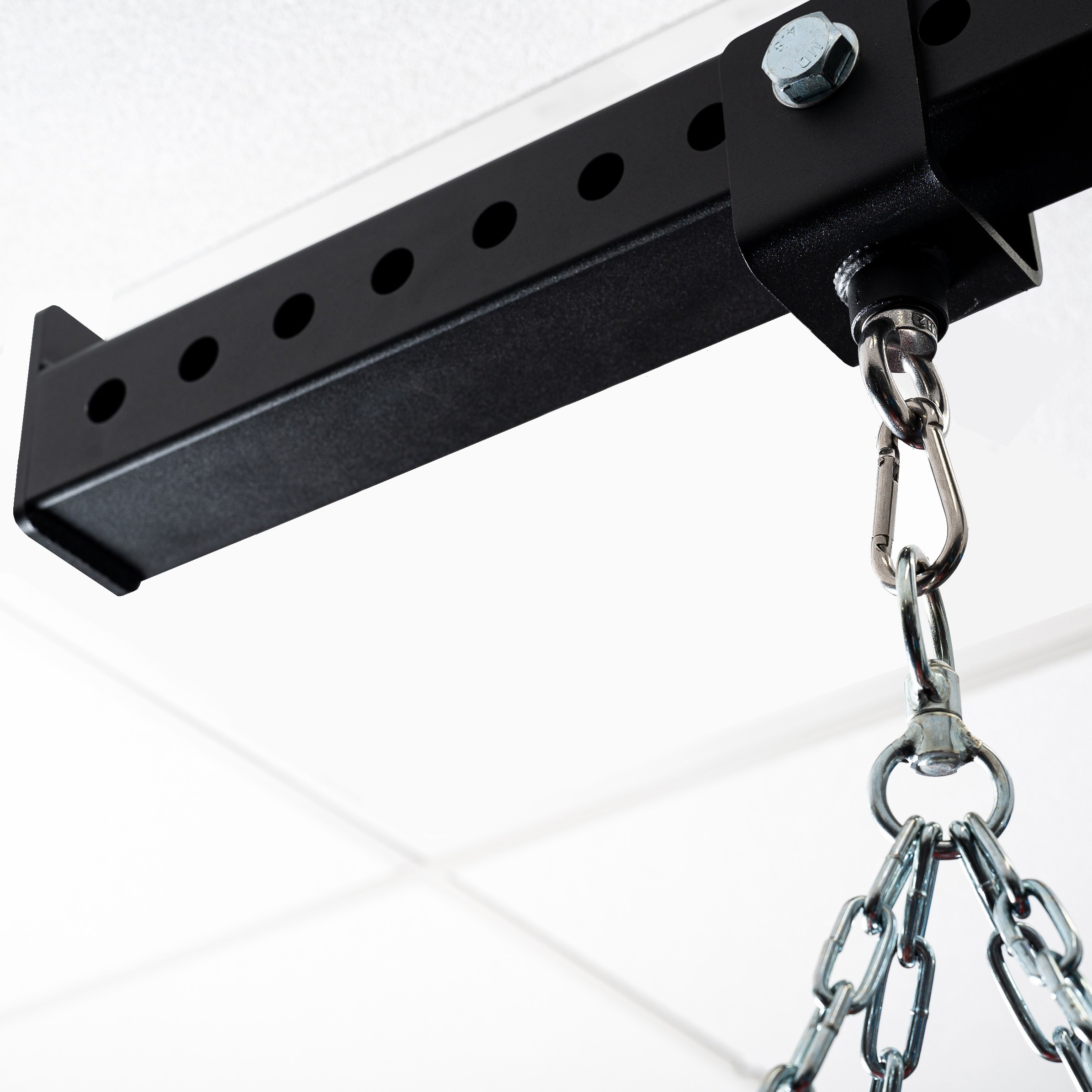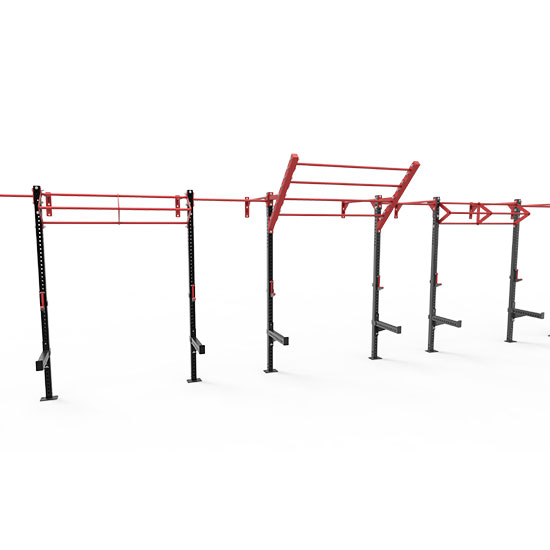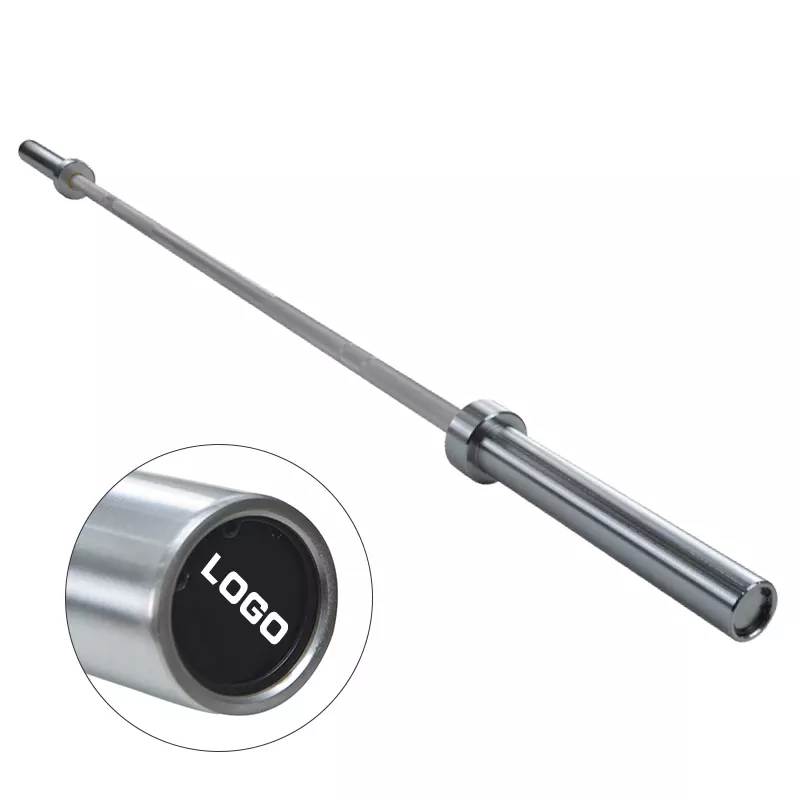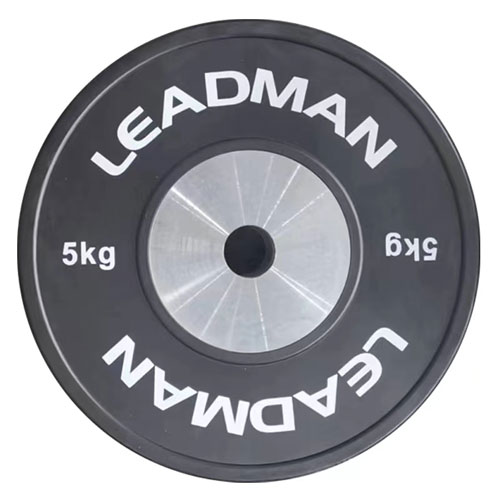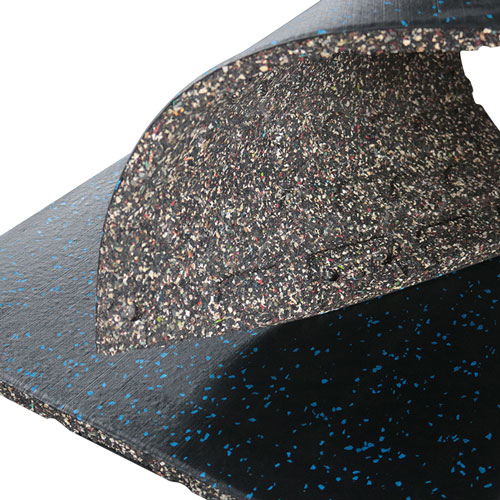Sự khác biệt giữa thảm tập yoga giá rẻ và thảm tập yoga đắt tiền là gì
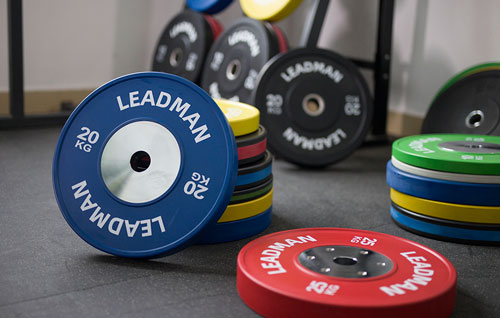
Remember that first yoga class? The excitement, the anticipation… then the unsettling feeling of your feet slipping on the mat during downward-facing dog, followed by a nagging knee ache from the paper-thin cushioning? That, my friends, was the yoga mat dilemma in action. The seemingly simple piece of equipment can significantly impact your practice, and choosing the wrong one can lead to discomfort, injury, and ultimately, a less enjoyable experience. While the price difference between yoga mats can be significant, the value proposition extends far beyond the initial cost. This post will explore the key distinctions between cheap and expensive mats to help you choose the right one for your needs and budget.
Vấn đề vật chất: Nền tảng của thực hành của bạn
The material of your yoga mat is the cornerstone of its performance. Different materials offer varying levels of grip, cushioning, durability, and environmental impact. Let's delve into some of the most common options:
PVC (Polyvinyl clorua): PVC is ubiquitous in budget-friendly yoga mats. Its pros are undeniable: it's incredibly affordable and generally durable. However, PVC's cons outweigh its advantages for many practitioners. It's a non-biodegradable plastic, contributing to environmental pollution. More importantly, its slick surface often loses grip when wet, making it dangerous for sweaty practices like Bikram or hot yoga. The lack of cushioning also adds to discomfort during longer sessions.
TPE (Chất đàn hồi nhiệt dẻo): TPE is a more eco-friendly alternative to PVC. It's often touted as a sustainable option because it's recyclable and made from a blend of plastics rather than a single petroleum-based component. TPE mats usually provide decent cushioning and are generally more comfortable than PVC. However, they may not be as durable as natural rubber and can sometimes lose grip over time, especially with heavy use.
Cao su thiên nhiên: Natural rubber mats offer superior grip, especially when sweaty, making them ideal for hot yoga and vigorous practices. They're naturally absorbent and often quite durable. From a sustainability standpoint, responsibly sourced natural rubber is a winner. However, natural rubber can be pricier than PVC or TPE. It might also have a strong initial odor that dissipates over time, and it's susceptible to mildew if not properly cleaned and stored.
Các vật liệu khác: A growing number of innovative materials are entering the yoga mat market. Cork mats offer excellent grip and are naturally antimicrobial, reducing the risk of mildew. However, they tend to be less durable and can be sensitive to moisture. Jute mats are another eco-friendly option, but their lack of cushioning and grip limits their suitability for certain practices. Microfiber mats are lightweight and easy to clean, but might not provide sufficient cushioning or grip for all styles.
Độ bám và độ ổn định: Giữ nguyên vị trí trong suốt quá trình di chuyển
Grip is paramount for safety and the overall quality of your practice. A mat that slips during challenging poses can lead to injury and frustration. Cheap mats, often made of PVC, often lack sufficient grip, particularly when your skin is wet with sweat. The surface might be smooth and offer little friction, leading to instability. In contrast, higher-quality mats made of natural rubber or textured TPE offer significantly enhanced grip, keeping you securely grounded even during intense flows. The texture plays a crucial role here: deeply textured surfaces provide more points of contact, enhancing grip and stability.
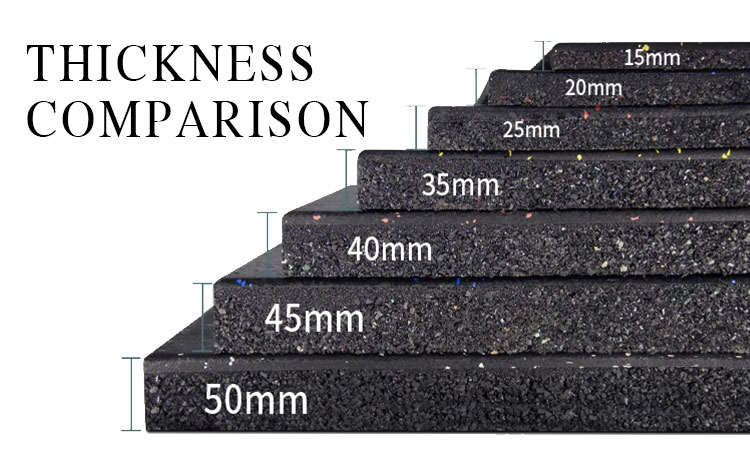
So sánh độ dày
Đệm và sự thoải mái: Bảo vệ khớp của bạn
The thickness of your yoga mat is directly correlated to its cushioning. Thinner, cheaper mats offer minimal joint protection, potentially leading to discomfort or even injury during poses that place pressure on knees, hips, elbows, and wrists. Thicker, more expensive mats provide superior cushioning, absorbing impact and reducing strain on your joints. This difference is particularly noticeable during longer practices, where joint discomfort can significantly impair your performance and enjoyment. High-density foam provides superior cushioning compared to thinner, less dense alternatives.
Độ bền và tuổi thọ: Đầu tư dài hạn
While a cheap mat might seem like a budget-friendly option upfront, its lack of durability translates to higher long-term costs. Cheap mats are prone to tearing, ripping, and general wear and tear, requiring frequent replacements. Higher-quality mats, on the other hand, are designed to withstand intense use and maintain their integrity over time. Consider the "cost per use": a more expensive mat that lasts for years might actually be cheaper in the long run than repeatedly replacing cheaper mats. Look for mats with reinforced edges to prevent fraying and tearing.
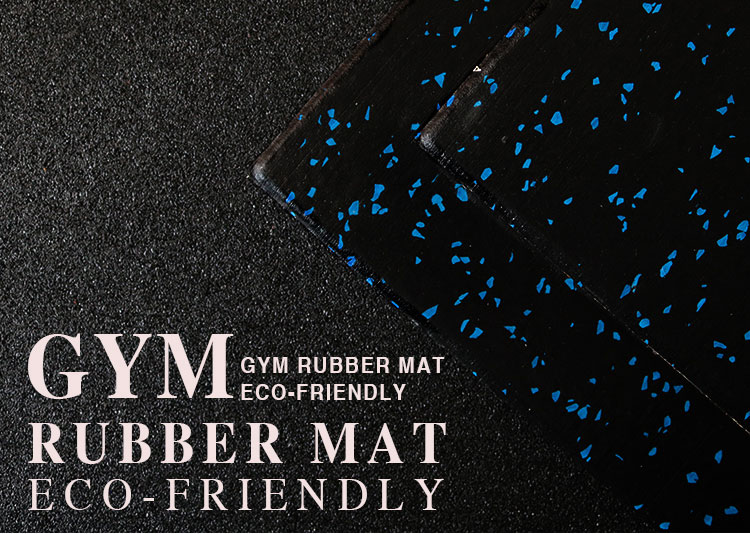
Thảm Cao Su Tập Gym
Các lựa chọn thân thiện với môi trường: Đưa ra những lựa chọn bền vững
The environmental impact of your yoga mat should be a key consideration. PVC production and disposal contribute significantly to pollution. Opting for eco-friendly materials like TPE, natural rubber (sourced responsibly), or cork reduces your environmental footprint. Look for certifications such as OEKO-TEX Standard 100, which guarantees the absence of harmful substances in textiles and ensures that manufacturing processes adhere to stringent environmental standards.
Kích thước và trọng lượng: Tìm sự phù hợp phù hợp
Standard yoga mat sizes generally range from 72 inches long and 24 inches wide, though variations exist. Taller individuals might prefer extra-long mats. Consider your height and practice style when choosing a size. Weight is another factor to consider, especially if you plan to transport your mat regularly. Lighter mats are easier to carry, while heavier ones might offer increased stability. Travel mats are designed for portability and compactness.
Vệ sinh và bảo dưỡng: Giữ cho thảm của bạn luôn mới
Proper cleaning and maintenance are vital for prolonging the life of your yoga mat and preventing the growth of mildew. Always check the manufacturer's instructions for specific cleaning recommendations. Generally, you should avoid harsh chemicals and opt for mild soap and water. Regular cleaning not only removes sweat and dirt but also helps maintain grip. Proper storage in a dry, well-ventilated area is also crucial to prevent mildew and damage.
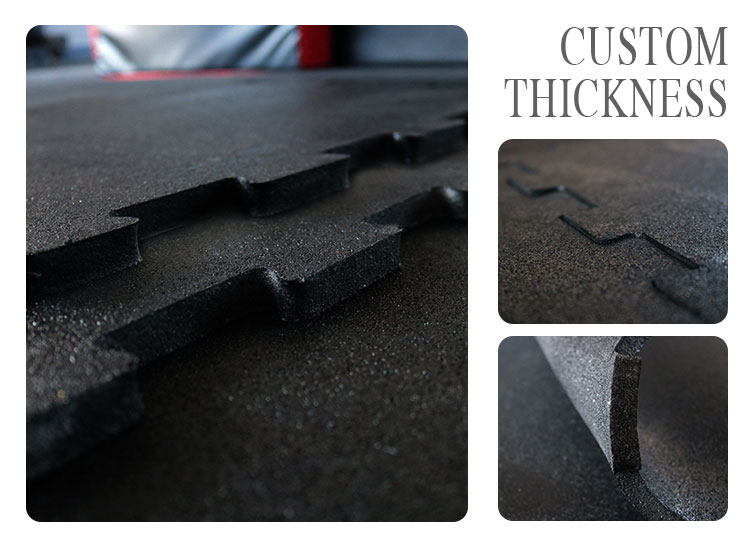
Độ dày tùy chỉnh
Cân nhắc về giá cả: Cân bằng giá trị và ngân sách
Yoga mats range in price from under $20 for basic PVC mats to over $100 for high-end natural rubber or specialized mats. Understanding this price range is essential for informed decision-making. While budgeting is important, remember that investing in a high-quality mat can save money in the long run by reducing the need for frequent replacements. For budget-conscious consumers, TPE mats offer a good balance between price and performance. Those prioritizing grip and sustainability might choose a natural rubber mat, despite the higher cost.
Kết luận: Chọn thảm tập Yoga phù hợp với bạn
The choice between a cheap and an expensive yoga mat boils down to a careful consideration of your individual needs and priorities. Cheap mats offer affordability but often compromise on grip, cushioning, durability, and environmental impact. Expensive mats offer superior performance in these areas, justifying the higher cost through longevity and enhanced practice quality. Ultimately, investing in a yoga mat that supports your practice, comfort, and well-being is a worthwhile investment. Choose wisely, and enjoy your flow!
Câu hỏi thường gặp về việc lựa chọn và bảo quản thảm tập Yoga
1. Sự khác biệt giữa thảm tập yoga giá rẻ và thảm tập yoga đắt tiền là gì?
Thảm tập yoga giá rẻ thường được làm từ PVC và có thể có độ bám, đệm và độ bền hạn chế. Thảm đắt tiền, chẳng hạn như thảm làm từ cao su tự nhiên hoặc TPE, có độ bám tốt hơn, thoải mái hơn và độ bền lâu dài, có thể nâng cao hiệu quả luyện tập của bạn và tiết kiệm tiền về lâu dài.
2. Làm thế nào để chọn được thảm tập yoga phù hợp cho việc tập luyện của tôi?
Hãy cân nhắc các yếu tố như vật liệu (PVC, TPE hoặc cao su thiên nhiên), độ dày để đệm và độ bám cho loại hình luyện tập của bạn. Đối với yoga nóng hoặc luyện tập đổ mồ hôi, hãy chọn thảm có độ bám tốt hơn, chẳng hạn như cao su thiên nhiên. Nếu tính bền vững là quan trọng, các lựa chọn thân thiện với môi trường như nút chai hoặc TPE là những lựa chọn tuyệt vời.
3. Tôi phải bảo quản thảm tập yoga như thế nào để thảm luôn trong tình trạng tốt?
Vệ sinh thường xuyên là chìa khóa. Sử dụng xà phòng nhẹ và nước để lau sạch thảm của bạn và tránh hóa chất mạnh. Bảo quản thảm ở nơi khô ráo, thông gió tốt để tránh nấm mốc. Luôn kiểm tra hướng dẫn chăm sóc của nhà sản xuất để biết các biện pháp tốt nhất.
4. Tôi có thể sử dụng bất kỳ thảm yoga nào cho mọi loại hình yoga không?
Trong khi nhiều tấm thảm đa năng, một số loại yoga nhất định, như yoga nóng hoặc Bikram, đòi hỏi thảm có độ bám và khả năng chống ẩm cao. Đối với các bài tập này, thảm làm từ cao su tự nhiên hoặc TPE có kết cấu là lý tưởng. Đối với các bài tập nhẹ nhàng hơn như yoga phục hồi, thảm dày hơn, có đệm có thể phù hợp hơn.

